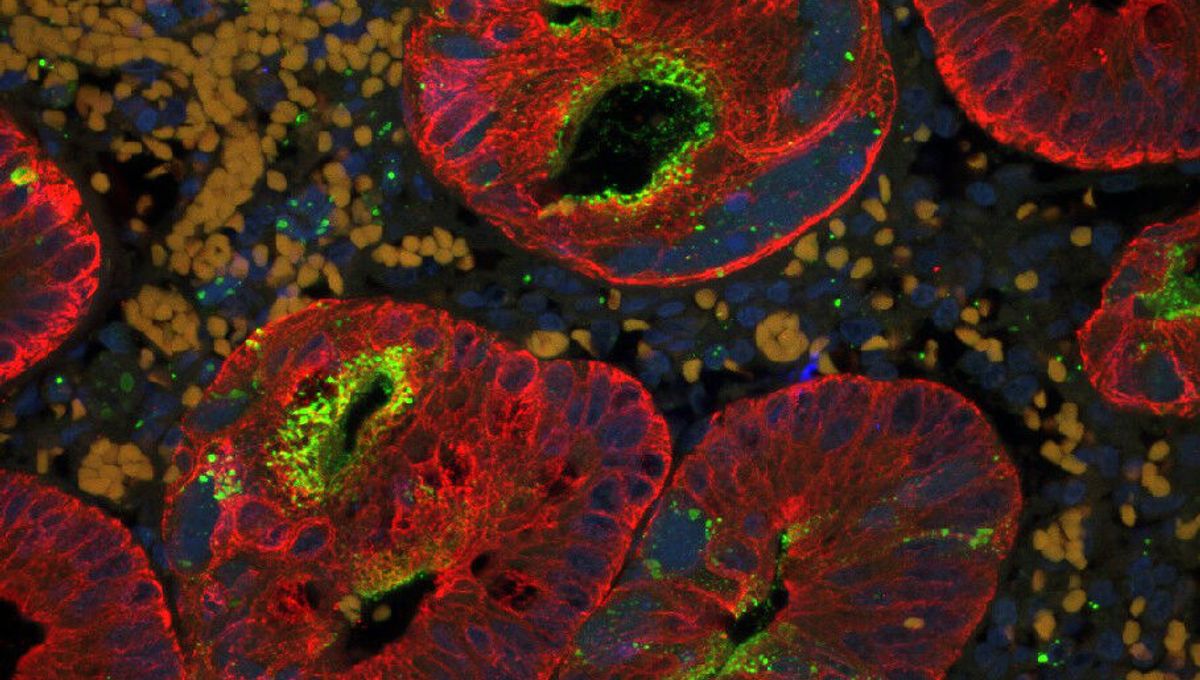
More and more measles cases are cropping up in various US states, and with some experts now saying the outbreak in Texas could last up to 12 months, what’s the latest in this evolving situation?
How many measles cases have been confirmed?
As of April 3, 2025, the Centers for Disease Control and Prevention (CDC) were aware of 607 confirmed measles cases across 22 jurisdictions in the United States. That’s more than double the number of cases seen in 2024, and puts the country on course to repeat or surpass the high measles activity recorded in 2019.
In 97 percent of those cases, the individual was either unvaccinated or their vaccination status was unknown. Most cases have been in children and teens, with 196 (32 percent) in kids under 5.
At time of writing, the CDC was reporting that there had been one confirmed death and one under investigation so far in 2025; however, Texas state health officials have reported a third death – a school-aged child – in recent days.
The situation is particularly acute in the US right now, but it’s worth noting that globally, measles trends have been on a worrying trajectory for some years.
Where are cases being reported?
The largest outbreak right now is centered around West Texas. The state has now seen more measles cases in the first months of 2025 than in any single year since 1992.
The Texas Department of Health and Human Services reports that the virus is currently actively spreading in 10 counties: Cochran, Dallam, Dawson, Gaines, Garza, Lamar, Lubbock, Lynn, Terry, and Yoakum.
Measles is highly contagious. According to the World Health Organization (WHO), cases linked to the outbreak in Texas have also been reported in Mexico, as well as the US states of New Mexico and Kansas. Other clusters of unrelated cases have been reported as far away as Alaska and New York.
Recently, Colorado confirmed its third case in an adult in Archuleta County. Unlike the previous two, the individual affected had no history of out-of-state travel. There’s not thought to be a link between this latest case and the other two, which were identified in Pueblo and Denver.
The Hawaii Department of Health has also just confirmed a case of measles in a child under the age of 5 residing on O’ahu. The child and their parents had recently returned from a trip overseas, so state officials are warning that members of the public may have been exposed at the Daniel K. Inouye International Airport, as well as at an art class and an urgent care facility.
Officials are responding to the outbreaks at the city and state levels, though some have raised the alarm that cuts to federal health funding are hampering these efforts.
Storing up trouble for the future
Measles is not the “mild” childhood disease that some would have you believe. Before vaccines became available – and still today, in communities where they’re difficult to access – there was an adage along the lines of “you don’t count your children until the measles has passed.”
As well as the very real possibility of fatalities, concerns are now also being raised about some of the significant complications that can follow a measles infection. With previously low levels of the disease in the community, these conditions have not been as routine as they were before vaccinations, but that could be set to change.
One such complication is subacute sclerosing panencephalitis (SSPE). This neurodegenerative disease usually develops seven to 10 years after someone has recovered from measles, but it is almost always fatal.
Another is immune amnesia. A bout of the measles can essentially press “delete” on sections of our immune memory bank and suppress the immune system for many months. This means that even after recovering from measles, patients are vulnerable to lots of other infections, even ones their bodies have dealt with before.
“There’s no doubt that we will in the future see the long-term consequences of measles,” pediatric infectious disease specialist Dr Adam Ratner told NPR.
Vaccination is our best defense
For anyone concerned about the spread of measles, experts have one very simple message.
“Our children in the United States deserve better. We owe them the best care. And in this case, the best care is that we have to get them vaccinated,” Peter Marks, until recently the top vaccines regulator at the Food and Drug Administration (FDA), told STAT. In his resignation letter from the agency, Marks cited vaccine misinformation peddled by Health and Human Services Secretary Robert F. Kennedy Jr.
A measles vaccine in the form of the MMR, which also immunizes against mumps and rubella (German measles), is recommended for everyone over the age of 12 months. With two doses, it’s 97 percent effective. That means it not only prevents most cases of measles, but also prevents the serious complications mentioned above.
“Assuming you don’t have a medical contraindication, then there’s no good reason not to vaccinate your child,” Paul Offit, pediatrician and internationally renowned vaccine expert, told STAT.
In 2000, measles was declared eliminated in the US. Vaccine hesitancy, fueled by mis- and disinformation, is threatening that status.
“[The] message needs to be strong and clear, and it’s just not coming, at least from the federal government, that unvaccinated children need to get vaccinated,” professor of epidemiology William Moss told STAT. “It’s hard to know how many deaths it’s going to take before people realize the importance of this.”
Source Link: With Over 600 Cases Now Confirmed, How Will The US Get A Grip On Measles?